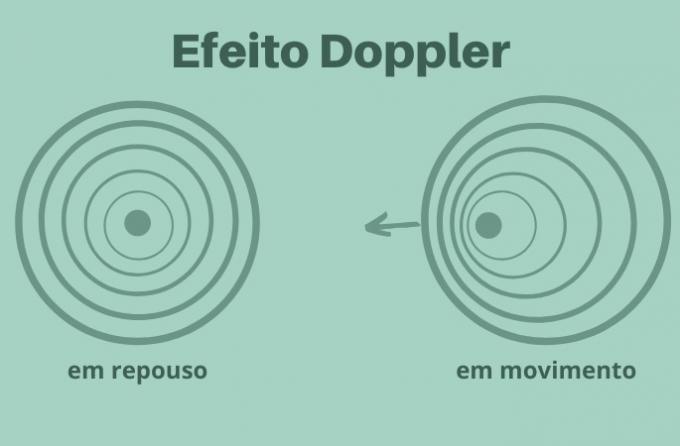One of the most important among the five human senses is vision. It allows us to perceive the world with all its shapes and colors, which have so impressed man since ancient times.
Didactically, we divide the human eye into:
Crystalline: Front of the eye that functions as a converging, biconvex-type lens.
pupil: behaves like a diaphragm, controlling the amount of light that enters the eye.
Retina: is the light-sensitive part, where the images formed by the lens and sent to the brain are projected.
ciliary muscles: Conveniently compress the lens, changing the focal length.
The human eye can show some abnormalities that lead to difficulties in seeing in some situations.
These abnormalities can be: Myopia, Hyperopia, Astigmatism, Presbyopia and Strabismus.
We will now study these eyeball dysfunctions and what is the best method of correcting these problems.
Myopia
It is a vision anomaly that consists of an elongation of the eyeball.
In this case, there is a distancing of the retina in relation to the lens, causing the image to be formed before the retina, making it unclear.
For the nearsighted person, the near (or remote) point, which is the point where the image is sharp, is at a finite distance, greater or lesser, depending on the degree of myopia.
Nearsighted people have great difficulties in seeing distant objects.
Correction of myopia is commonly done using divergent lenses. It provides, from an inappropriate object (object at infinity), a virtual image at the remote point of the eye. This image behaves like an object to the lens, producing a real final image right on the retina.

Left, scheme of the myopic eye. Right, myopic view.
Do not stop now... There's more after the advertising ;)
hyperopia
Hyperopia is a defect opposite to myopia, that is, here there is a reduction in the eyeball.
In this case, the image of nearby objects is formed beyond the retina, causing those images to not be formed sharply.
The correction of this defect is possible through the use of a convergent lens. Such a converging lens should provide, from a real object situated at a point close to the eye, an image that behaves like a real object to the eye, giving a sharp final image.

On the left, a schematic of the Hypermetrope's eye. On the right, the vision of the hyperopic
Astigmatism
It consists in the fact that the surfaces that make up the eyeball have different radii of curvature, causing a lack of symmetry of revolution around the optical axis.
The correction is made using cylindrical lenses capable of compensating for such differences between the radii of curvature.

vision with astigmatism
Presbyopia
Vision anomaly similar to hyperopia, which occurs with a person's aging, causing the muscles to relax.
However, if muscle accommodation is too great, the presbyopic will also have long vision problems. distance, since with the approach of the remote point, the problem becomes similar to the myopia.
The correction in this case is with the use of bifocal lenses (converging and divergent).
Strabismus
Such anomaly consists in the deviation of the optical axis of the eyeball, the correction is made with the use of prismatic lenses.
By Kléber Cavalcante
Graduated in Physics
Would you like to reference this text in a school or academic work? Look:
CAVALCANTE, Kleber G. "Defects in Human Vision"; Brazil School. Available in: https://brasilescola.uol.com.br/fisica/defeitos-na-visao-humana.htm. Accessed on June 28, 2021.



